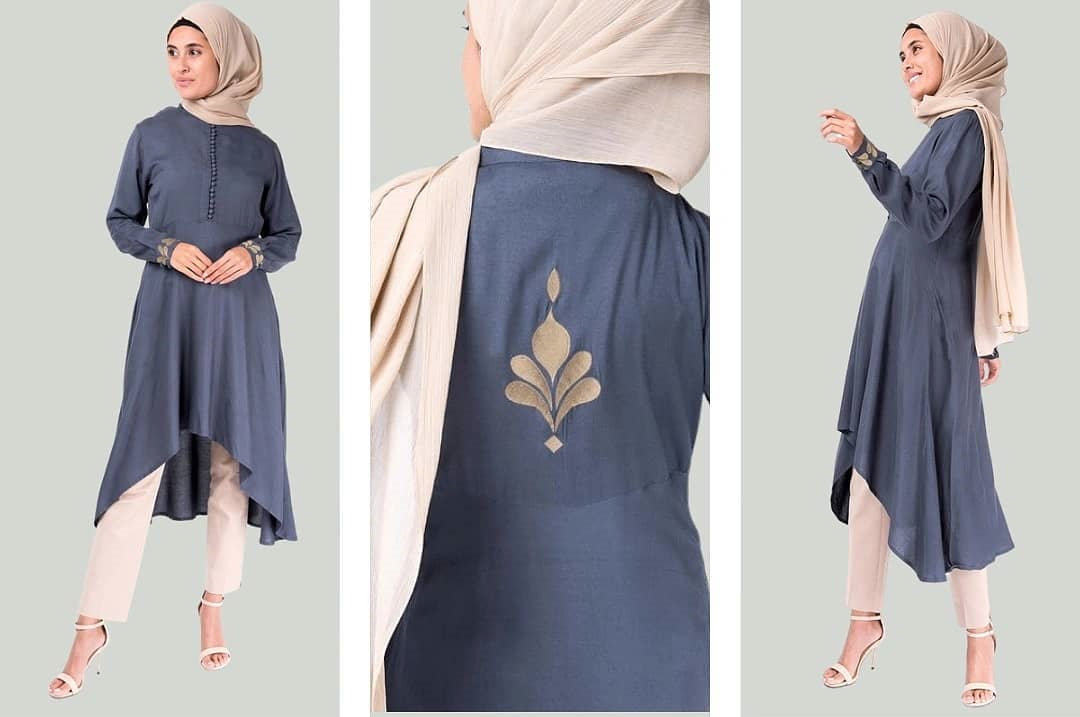Your Cart is Empty
2 weeks after ordering and my scarf hasn't shipped, and the company won't answer my email. I'm starting to think this might be a scam company.
I was very surprised and sadly disappointed to find out the color did not match the product that was advertised.
I placed an order 19 days ago but I did not receive it.
Unfortunately the first time I washed this time the color leaked and now it has stains of a varying color thickness on the edges. This has not happened before so I was disappointed.
My first prayer mat - and it's much more comfortable than the towel I was using!! The only thing that slightly bothers me is that the design is just barely not centered, and it drives me a little nuts to look at it every day, but otherwise, it's a huge upgrade for me. Thank you!

